Nuts used to be a go-to in my diet.
Trail mix? Check. Almond butter by the spoonful? You bet.
They were crunchy, convenient, and marketed as one of the healthiest snacks on the planet.
But once I dug deeper—into the science, the digestion, and how they actually affect nutrient absorption—I realized: most “healthy” nuts are just dressed-up landmines.
Let’s break down what’s really going on inside that handful of almonds… and why I walked away from nuts altogether.
The Problem with Nuts: It’s Not the Calories, It’s the Compounds

Nuts are plant seeds—and like most plant babies, they come with chemical armor designed to protect them from predators (yep, that includes us).
Two of the biggest offenders?
1. Phytic Acid
This is an “antinutrient” found in large amounts in almonds, cashews, walnuts, peanuts, and even seeds.
What it does:
- Binds to minerals like zinc, iron, calcium, and magnesium
- Blocks your ability to absorb them
- Can irritate your gut lining over time
- May even contribute to mineral deficiencies—especially if you’re already eating clean and not supplementing
So you’re eating “superfoods”… but not absorbing the nutrients from the rest of your food. That’s a problem.
2. Oxalates
These are sharp, crystal-like plant compounds found in high amounts in almonds, cashews, peanuts, spinach, beets, and sweet potatoes.
Oxalates:
- Bind to calcium, making it unusable
- Can accumulate and form kidney stones
- May trigger joint pain, fatigue, and brain fog in sensitive individuals
- Are known to irritate the gut and bladder (especially in people with IBS or autoimmune conditions)
Your body doesn’t “need” oxalates. In fact, it tries to get rid of them as fast as possible.
But Aren’t Nuts Full of Healthy Fats?
They’re full of fats, yes. But not the kind your mitochondria love.
Most nuts are:
- High in omega-6 fatty acids (PUFAs), especially linoleic acid
- These fats are unstable and easily oxidized—especially when roasted
- That means more inflammation, higher oxidative stress, and poor fat metabolism
- They stay in your fat cells for over 600 days—so one daily handful adds up fast
The “healthy” nut oils are a slow drip of toxicity that most people never trace back to the cause.
What Happened When I Cut Nuts
I didn’t expect it, but here’s what I noticed almost immediately:
– Less bloating
– Fewer sugar cravings
– More stable energy
– Better digestion
– My skin even looked better
It wasn’t magic—it was just subtraction. Remove what’s inflaming you, and your body does what it’s designed to do: heal.
What About Nut Butters, Nut Milks, and Seed Snacks?
Same deal—different disguise.
Almond milk? Still has phytic acid and oxalates.
Cashew cheese? Same story.
Peanut butter? One of the highest mold-containing and inflammatory foods around.
If you’re sensitive (or even just curious), try removing nuts and see how you feel. Even two weeks off can be eye-opening.
What I Use Instead
I don’t miss nuts because I’ve found better ways to get nutrient-dense calories that don’t attack my gut:
- Animal fats (tallow, duck fat, ghee)
- Raw dairy (if tolerated)
- Fruit and honey for clean carbs
- Bone marrow and organ meats for micronutrient density
- Eggs, meat, and wild-caught fish for clean, complete protein
And snacks? I go for:
- Beef liver crisps
- Hard-boiled eggs
- Sliced fruit with honey and salt
- Raw cheese
- Homemade jerky
No inflammation, no nutrient theft, no guessing games.
Final Takeaway: Are Nuts Evil?
No. But they’re not as “clean” as the marketing makes them out to be.
If you’re metabolically healthy, eating tons of animal-based nutrition, and have no gut or joint issues—you might tolerate some nuts just fine.
But if you’re serious about reducing inflammation, optimizing minerals, or troubleshooting digestive or hormonal issues, cutting nuts might be one of the lowest-effort, highest-impact changes you make.

Leave a Reply